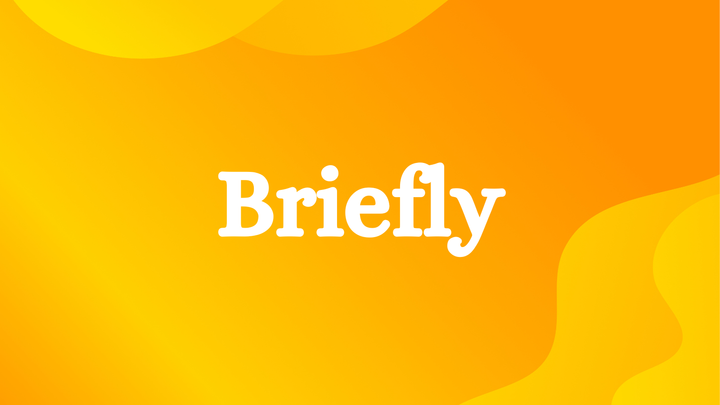Theorists vs. Practitioners
Jeffrey Tucker at The Brownstone Institute

Just this weekend, I spoke at one of my favorite venues, the Liberty Forum in New Hampshire, which is an annual conference center on the Free State Project. It’s designed to encourage people to pick up and move to the freest state in the country for community and to help protect the state from the fate that befell Massachusetts, Connecticut, and Rhode Island.
My first time speaking there was 2012, I believe, and I came away with an interesting revelation, which I can summarize as “Liberty is a hands-on task.” In my career until that time, the problem of economic and political matters were mostly matters of theory and I had spent most of my time reading and distributing high theory, a task I loved and still do.
But coming to this event in New Hampshire I found something else entirely; a group of people who were busy doing things in practice to live freer lives. They were small business people, real-estate agents, people with alternative currency systems, people raising and selling food on and from their own farms, organizers of houses of worship and community centers, homeschoolers and school entrepreneurs, and much more besides, including office holders focusing on laws and legislation.
It was here, for example, that I acquired my first Bitcoin, which in the early days showed great promise finally to recreate money in a way that government could not ruin. It struck me at the time as among the greatest inventions of the human mind. Tellingly, it did not come from academia (so far as we know) but from tinkerers who wanted to solve the problem of double spending on digital monetary units. It was genius. The economics journals ignored it for many years, of course.
At this event were and are the practitioners. There is not one path forward but many, each person creatively implementing their own version of the freedom ideal. I recall being puzzled a bit by this approach but later inspired. I felt like a pianist who had only known scales and arpeggios who finds himself listening to a concerto by Liszt. I came to realize the difference between theory and practice, between the academic class and the people in clinical practice.
Theory should never be put down but we make a mistake in thinking that this is the whole of the task. Theory alone introduces its own dangers of following a logic to the point of absurdity that goes unnoticed. Minor mistakes in thinking can metastasize and create models that make no sense in reality. Theory unchecked by practical experience can even be catastrophic.
I knew an architect at university who received a large grant to develop a community of residences, which he did according to the highest standards of then-fashionable art and a theoretically informed sense of how people should live. The results were intriguing but the builders fought with the architect the entire time. The roofs had no overhang, the wiring and pipes under the houses on stilts had no covering, and the bathrooms had no doors, to mention just three problems.
Sure enough, once houses went on the market and faced the first winter, many design elements had to change. Residents put doors on bathrooms, the roofs were all retrofitted, and the open basements were all closed in and insulated. This was all made necessary once the first rains led to flooding and the first freeze caused all pipes to burst. In essence, the result was a disaster simply because the architect was a designer and not a builder.
There is a lesson in this. Theory without a reality check can make the world unlivable. This is because theorists can build beautiful models that hide grave errors, intentionally or not, and there is no means by which their mistakes are revealed until you test them against the real world. You never want them in charge of the whole project.
This is essentially what happened in the Covid years. The designers of the response were academics, bureaucrats, modelers, and other highly credentialed experts. Sidelined were medical practitioners, clinical workers, and other people with hands-on experience in dealing with healthcare. As time went on a massive chasm opened between the two camps with the theorists and modelers prevailing with media megaphone.



